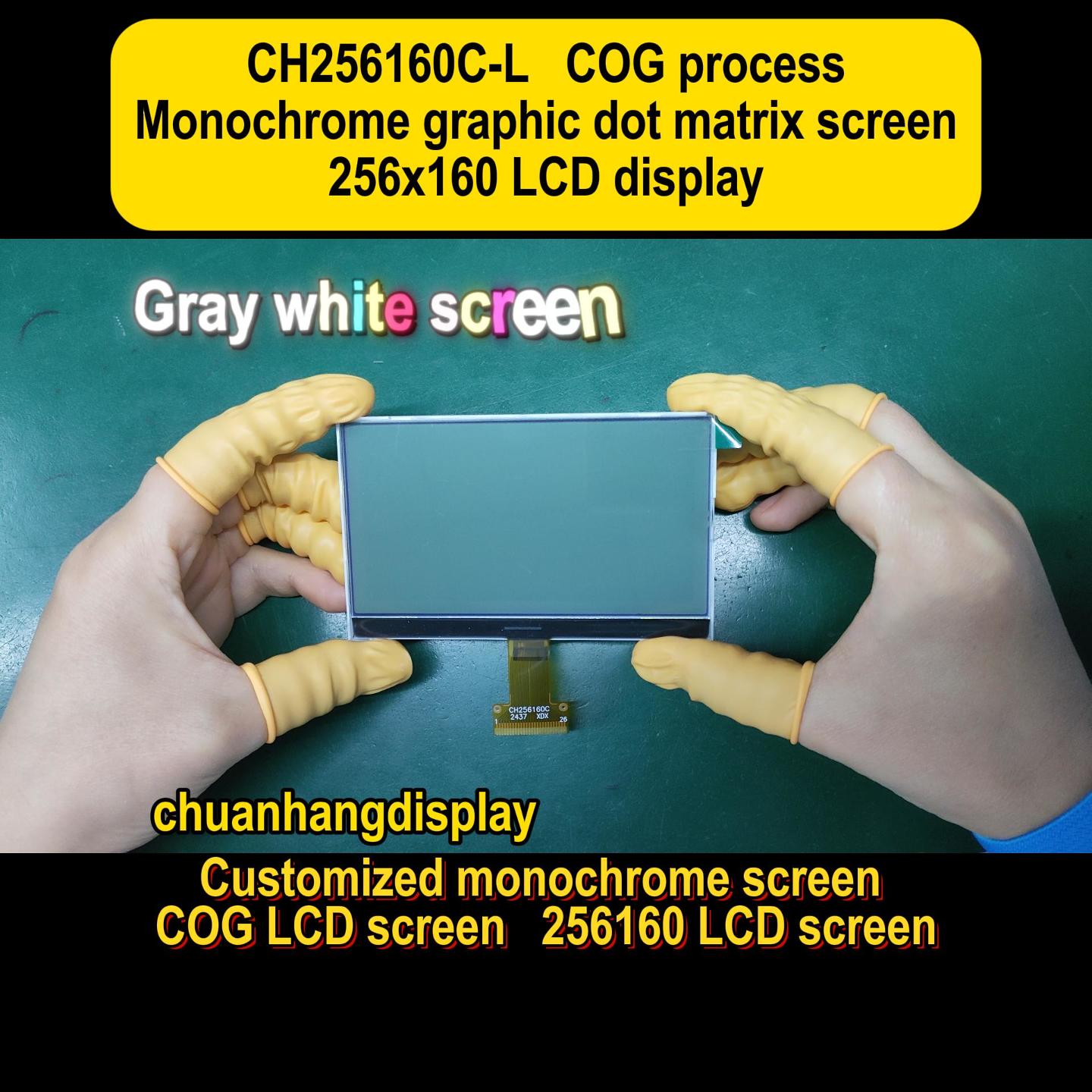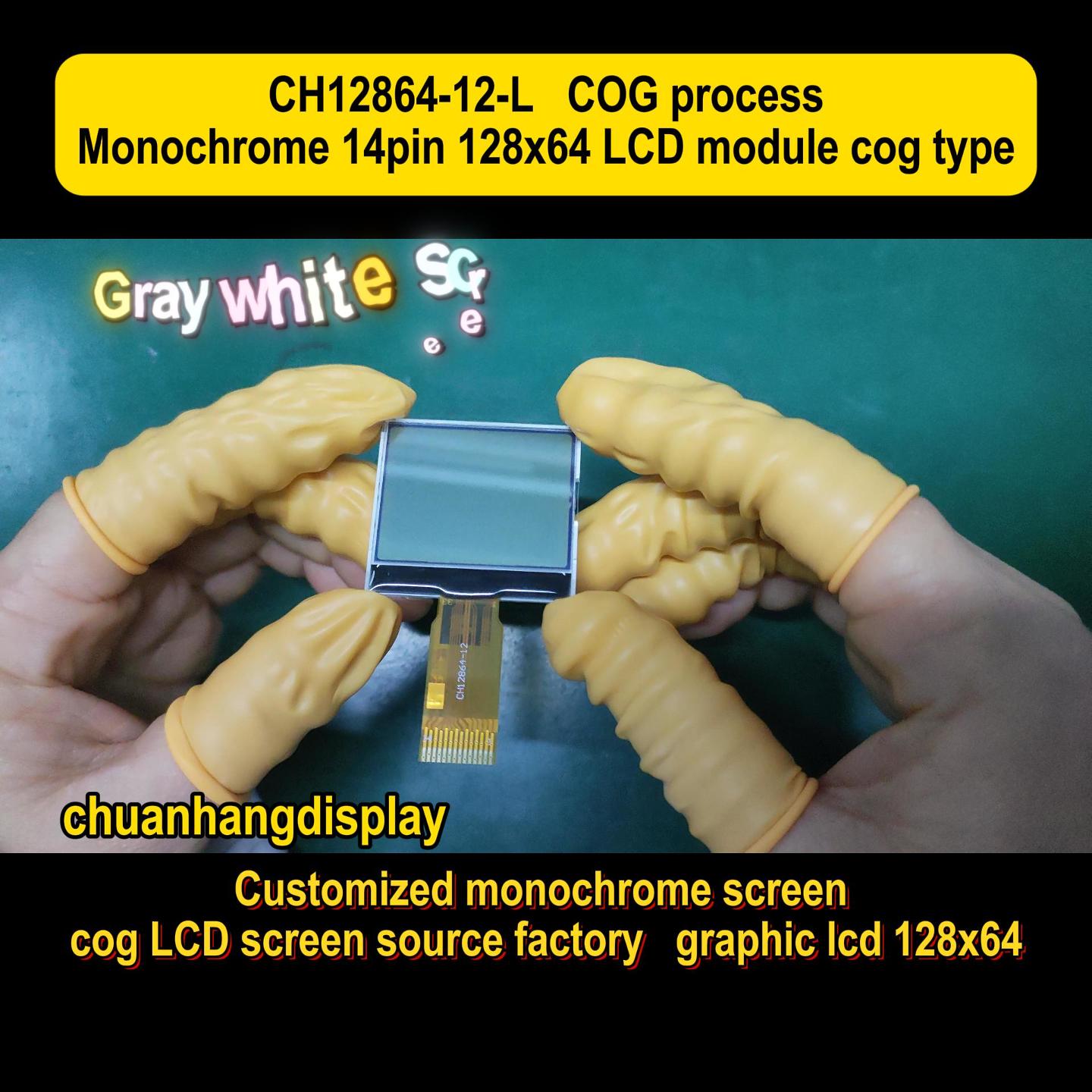When it comes to reliable and versatile display modules, the JHD162A stands out as a popular choice in various electronic applications. Manufactured by Chuanhang Display, this LCD module has gained traction for its efficiency and user-friendly design. In this article, we will delve into the JHD162A from multiple angles, providing a thorough understanding of its features, applications, and more. Whether you're an engineer, hobbyist, or industry professional, this overview will equip you with essential insights into the JHD162A. By the end, you'll have a clear picture of why the JHD162A is a go-to option and how to address common issues that may arise.

The JHD162A is a 16x2 character LCD module, meaning it can display two lines of up to 16 characters each. This module is widely used in embedded systems, consumer electronics, and industrial controls due to its simplicity and reliability. Produced by Chuanhang Display, the JHD162A incorporates a liquid crystal display (LCD) that operates on a low power consumption basis, making it ideal for battery-powered devices. The JHD162A typically includes a built-in controller, such as the HD44780, which simplifies interfacing with microcontrollers like Arduino or Raspberry Pi. Its compact size and ease of integration have made the JHD162A a staple in projects ranging from digital clocks to complex monitoring systems. Understanding the basics of the JHD162A is crucial for anyone looking to leverage its capabilities in their designs.
One of the key aspects of the JHD162A is its compatibility with various communication protocols, including 4-bit and 8-bit modes. This flexibility allows developers to optimize their projects for speed or pin efficiency. Additionally, the JHD162A features a backlight option, often using LED technology, which enhances visibility in low-light conditions. Chuanhang Display has ensured that the JHD162A is built to last, with a robust construction that withstands typical environmental stresses. As we explore further, you'll see how the JHD162A's design philosophy aligns with practical needs in the electronics world.
To fully appreciate the JHD162A, it's important to examine its technical specifications. This LCD module operates at a voltage range of 5V, which is standard for many digital circuits. The JHD162A has a viewing area that measures approximately 66mm x 16mm, with each character displayed in a 5x8 dot matrix format. This ensures clear and legible text, which is essential for user interfaces. The module includes 16 pins for connections, covering power, ground, data lines, and control signals like Register Select (RS), Read/Write (R/W), and Enable (E).
The JHD162A from Chuanhang Display supports a wide temperature range, typically from -20°C to 70°C, making it suitable for both indoor and outdoor applications. Its response time is quick, allowing for real-time data display without lag. Another notable feature of the JHD162A is its low power consumption, often drawing less than 1mA in standby mode, which is a significant advantage for energy-efficient designs. The backlight, if included, usually operates at 3-5V and can be controlled via PWM for brightness adjustment.
In terms of memory, the JHD162A has a built-in character generator ROM (CGROM) that stores standard ASCII characters, as well as a custom character RAM (CGRAM) that allows users to define up to eight custom symbols. This makes the JHD162A highly adaptable for specialized applications. By understanding these specifications, users can better integrate the JHD162A into their systems and troubleshoot any compatibility issues that might arise.

The JHD162A boasts several features that contribute to its popularity. First and foremost is its ease of use. The module is designed with a straightforward interface, requiring minimal external components for basic operation. This user-friendly aspect of the JHD162A reduces development time and costs. Another standout feature is the high contrast ratio, which ensures that characters are easily readable under various lighting conditions. Chuanhang Display has incorporated anti-glare coatings in some versions of the JHD162A, further enhancing usability.
Additionally, the JHD162A supports multiple display modes, including shifting and blinking cursors, which can be programmed to improve user interaction. The module's durability is another key feature; it is built with materials that resist shock and vibration, making the JHD162A reliable in harsh environments. The backlight option, often available in blue, green, or white, adds aesthetic and functional value, allowing the JHD162A to blend into different design themes.
Moreover, the JHD162A is compatible with a wide range of microcontrollers and development boards. This interoperability is a significant advantage for prototyping and mass production. Chuanhang Display has also ensured that the JHD162A is cost-effective, providing high performance at a competitive price point. These features collectively make the JHD162A a versatile choice for many electronic projects, from simple displays to complex control panels.
The versatility of the JHD162A allows it to be used in a myriad of applications. In the consumer electronics sector, the JHD162A is commonly found in devices like microwave ovens, washing machines, and air conditioners, where it displays settings and status information. Its reliability and low power consumption make the JHD162A ideal for these everyday appliances. In industrial settings, the JHD162A is used in control systems for machinery, providing real-time data on parameters such as temperature, pressure, and speed. This helps operators monitor processes efficiently.
Another significant application of the JHD162A is in the educational field, where it is used in electronics kits and STEM projects. Students and hobbyists often use the JHD162A with platforms like Arduino to learn about programming and hardware interfacing. The module's simplicity makes the JHD162A an excellent tool for beginners. Additionally, the JHD162A finds use in medical devices, such as portable monitors, where clear display of vital statistics is critical. Chuanhang Display has catered to these diverse needs by ensuring the JHD162A meets industry standards for quality and performance.
The JHD162A is also employed in automotive dashboards and GPS units, where its durability and readability are essential. As technology evolves, the JHD162A continues to adapt, proving its relevance in emerging fields like IoT (Internet of Things) devices, where it serves as a local display for sensor data. This wide range of applications underscores the adaptability and reliability of the JHD162A.
Interfacing with the JHD162A is a straightforward process, but it requires attention to detail for optimal performance. Typically, the JHD162A is connected to a microcontroller using parallel communication. The 16 pins of the JHD162A include VCC (5V), GND, contrast adjustment (VO), and data lines (D0-D7). For simplicity, many users opt for the 4-bit mode, which uses only four data lines (D4-D7), saving microcontroller pins. The control pins—RS, R/W, and E—are used to manage data transfers and commands.
To get started with the JHD162A, you'll need to initialize the module by sending specific command sequences. This involves setting the display mode, cursor behavior, and clearing the screen. Most microcontrollers have libraries that simplify this process; for example, in Arduino, the LiquidCrystal library can be used to control the JHD162A with just a few lines of code. Chuanhang Display provides datasheets for the JHD162A that outline these steps in detail, ensuring users can integrate the module quickly.
When wiring the JHD162A, it's important to include a potentiometer for contrast adjustment to achieve the best visibility. Additionally, if the backlight is used, a current-limiting resistor should be added to prevent damage. Testing the JHD162A with simple programs, such as displaying "Hello World," can help verify the connections. By following these steps, users can harness the full potential of the JHD162A in their projects, making it a reliable component in their designs.
Despite its reliability, users may encounter some common issues with the JHD162A. One frequent problem is a blank display, which can be caused by incorrect power connections or insufficient voltage. Ensuring that the JHD162A receives a stable 5V supply is crucial. Another issue is garbled characters, often due to improper initialization or timing errors in the code. Re-initializing the JHD162A and checking the command sequences can resolve this.
Backlight failures are also common with the JHD162A, usually resulting from blown LEDs or incorrect wiring. Verifying the backlight voltage and using appropriate resistors can prevent this. Additionally, the JHD162A might exhibit flickering, which could be due to power fluctuations or electromagnetic interference. Using decoupling capacitors near the power pins of the JHD162A can mitigate this problem. Chuanhang Display recommends following the datasheet guidelines to avoid such issues.
In some cases, the JHD162A may not respond to commands, which could stem from loose connections or faulty soldering. Inspecting the pins and re-soldering if necessary can help. By understanding these common problems, users can quickly troubleshoot the JHD162A and minimize downtime in their projects.
Q1: What is the typical operating voltage for the JHD162A?
A1: The JHD162A typically operates at 5V DC. It is important to ensure a stable power supply within this range to avoid damage or display issues. Exceeding this voltage can harm the JHD162A, so always check the datasheet from Chuanhang Display for precise specifications.
Q2: Can I use the JHD162A with 3.3V microcontrollers like ESP32?
A2: Yes, but you may need a level shifter for the data and control lines, as the JHD162A is designed for 5V logic. Alternatively, some versions of the JHD162A might tolerate 3.3V inputs, but it's best to consult the Chuanhang Display documentation to ensure compatibility.
Q3: How do I create custom characters on the JHD162A?
A3: The JHD162A allows custom character creation using its CGRAM. You can define up to eight 5x8 pixel characters by sending specific commands and data bytes to the module. This feature is well-documented in the JHD162A datasheet and can be implemented with common microcontroller libraries.
Q4: Why is my JHD162A display too dim or too bright?
A4: This is often related to the contrast adjustment. Use a potentiometer on the VO pin to fine-tune the contrast. If the backlight is involved, check its wiring and ensure you're using the correct current-limiting resistor for the JHD162A's backlight LED.
Q5: What should I do if the JHD162A shows no text after programming?
A5: First, verify all connections and power supply. Then, ensure your code properly initializes the JHD162A, including setting the display mode and clearing the screen. Common mistakes include incorrect pin assignments or timing delays; referring to example code for the JHD162A can help resolve this.
In conclusion, the JHD162A from Chuanhang Display is a robust and versatile LCD module that serves a wide range of applications. By understanding its specifications, features, and common issues, users can effectively integrate the JHD162A into their projects and troubleshoot any challenges that arise.